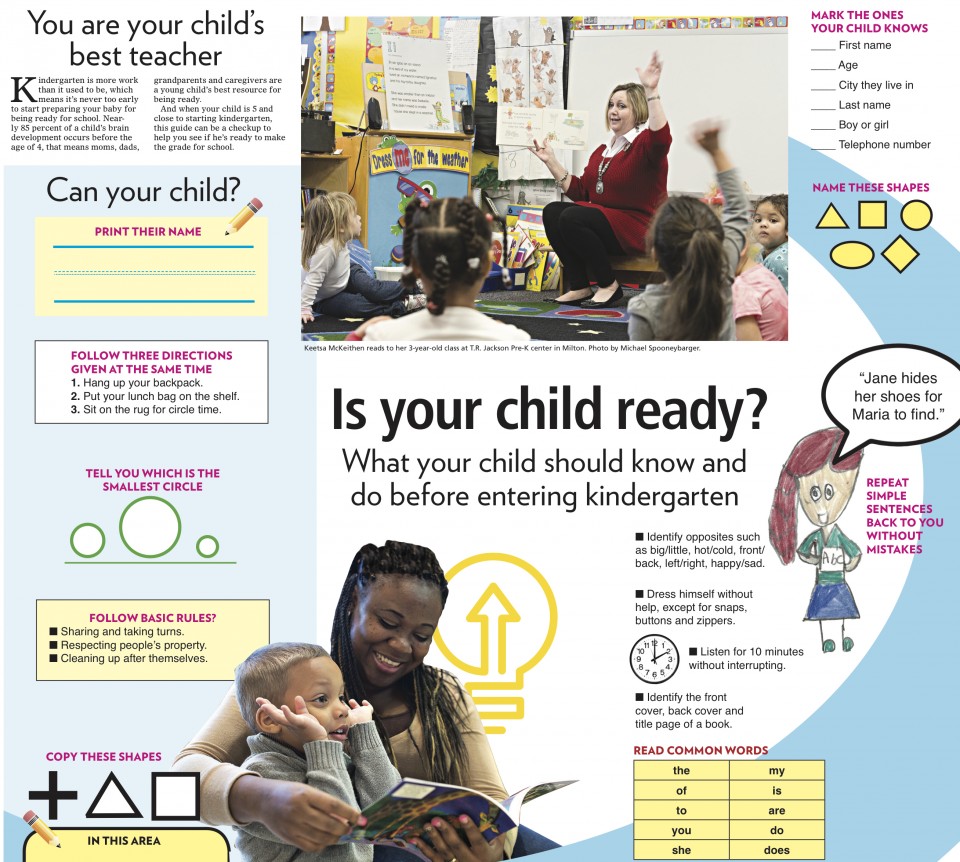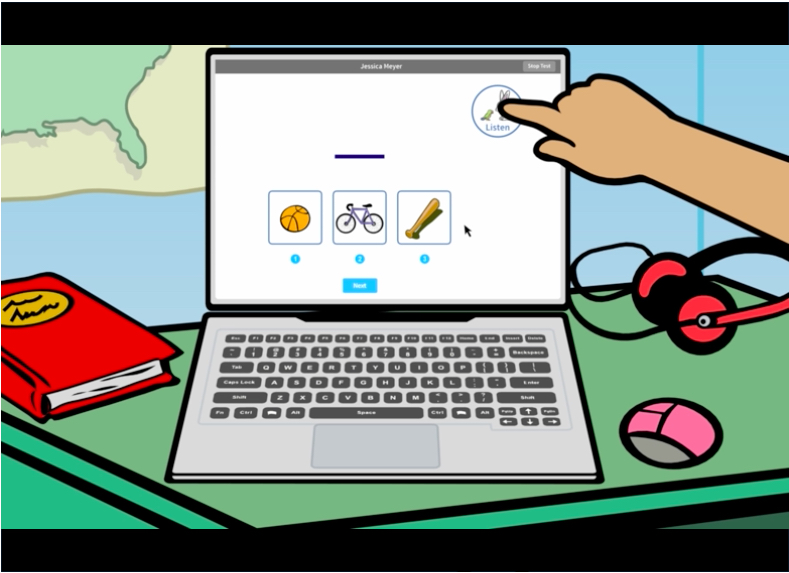New kindergarten readiness rates to come in 2018
- December 22, 2017
- / Shannon Nickinson
- / education,early-learning

New kindergarten readiness rates in Florida likely will become public in spring 2018.
After a break of three years, the state will report in 2018 on the results of kindergarten readiness assessments given to children who started school in August of 2017.
This fall, 2,908 Escambia students took the Florida Kindergarten Readiness Screener (FLKRS); 1,860 Santa Rosa kindergartners took it, according to the Florida Office of Early Learning.
Problems with previous screening tools led to a lag in kindergarten readiness rate reporting. Read more about that here. Rates from 2014, the most recent year available, showed that 66 percent of children in Escambia County was ready for school.
Kindergarten readiness is an important educational — and many say economic — indicator of a community’s health and future prospects. That’s why the measure is included in the Studer Community Institute’s Community Dashboard.
Statewide, 187,322 students were screened with the Star Early Literacy Screening tool. It the first year of a three-contract the state has to use that particular screening tool.

Tara Huls leads VPK program and policy in the Florida Department of Education’s Office of Early Learning.
“It is a big deal for us to get this backup and running,” Huls says.
One advantage, Huls says of using STAR Early Literacy is that kindergarten teachers get a sense of a student results relatively quickly.
Escambia School District received their student-level data just before winter break. The results will be aggregated to the school level so that administrators can have a sense of readiness at the school-by-school level early next year.
When it comes to making the results useful for providers of voluntary prekindergarten, that will take some time, Huls says.
The existing rule for VPK providers said that at least 70% of children have to have scored ready on both instruments or the center would be dubbed a low-performing provider.
Low-performing providers must make improvements or face not being allowed to participate in the VPK program.
In January, providers will begin verifying the data, Huls says — matching the children who took Star to the children who attended a VPK program, verifying that those are the children they served.
Once the threshold for low-performing providers is set through the rules process, Huls says preliminary rates will be ready for providers sometime in late March.
The state Board of Education will have to approve that readiness rate, which likely will come at the May 16 meeting. The state Board meets every other month.
Changing the threshold for low-performing providers is a process.
“The last time we changed readiness rules (in 2010) we went from 15 percent of providers on probation to 34 percent on probation, then it backs down a little bit,” she says. “We know how painful it was for people last time around, we’ll see where we are this time around. “This is the hottest topic in VPK.”
 CivicCon launches with a look at good growth in cities
CivicCon launches with a look at good growth in cities
 Building stronger brains one baby, one parent at a time
Building stronger brains one baby, one parent at a time
 SCI debuts commercial on Early Learning City
SCI debuts commercial on Early Learning City
 Entrecon: World class speakers and an opportunity to sharpen skills
Entrecon: World class speakers and an opportunity to sharpen skills
 PYP Quality of Life survey 2017
PYP Quality of Life survey 2017
 EntreCon Pensacola 2016: A look back
EntreCon Pensacola 2016: A look back
 Leadership tip: getting better employee takeaways
Leadership tip: getting better employee takeaways
 Leadership tip: be interested instead of interesting
Leadership tip: be interested instead of interesting
 Leadership tip: delivering difficult messages
Leadership tip: delivering difficult messages
 Brain Bags boost Arc, Early Childhood Court programs
Brain Bags boost Arc, Early Childhood Court programs